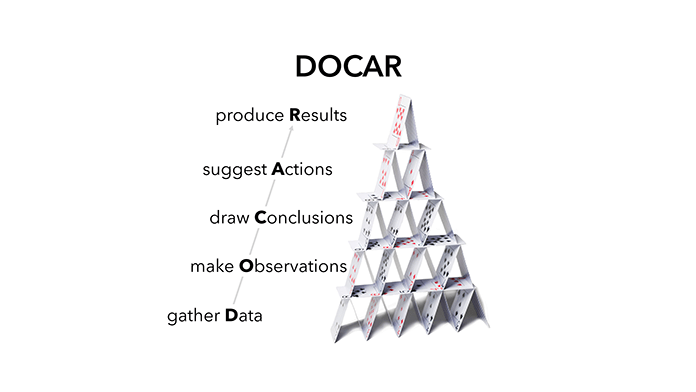
The first article in this three-part series explained how, for millennia, populations believed the authority figures telling us that the earth was flat.
Until sufficient evidence finally overwhelmed the rational but inaccurate inference they expressed as a fact.
Organizational group decision-making generally presumes involvement by authorities on the subject.
When the head of marketing says the core market is predicted to grow at 7% for the next three years, who is to question that?
However, in practice, few assumptions feeding group business decisions are so crisp and measurable.
“Healthcare AI will not receive regulatory control for at least two more years.”
Unless the government makes that statement, this is only an inference.
It might sound rational and logical, but it is just the best inference the authority who is supposed to know best can make.
Which doesn’t make it a fact.
Though disagreement among leaders is the norm in decision-making, it has been thought to be less about the current state and more about the future to aim for and the actions to produce it.
SchellingPoint’s research indicates this perception (inference) is inaccurate.
To the level where the error in ‘expert’ assumptions has caused most group decisions to be false positives.
Step through example data and the logic error behind this conclusion in this video.
In the third of the three articles, we will explain how this occurred on such a broad scale for so long and expand on the remedy introduced in the video.